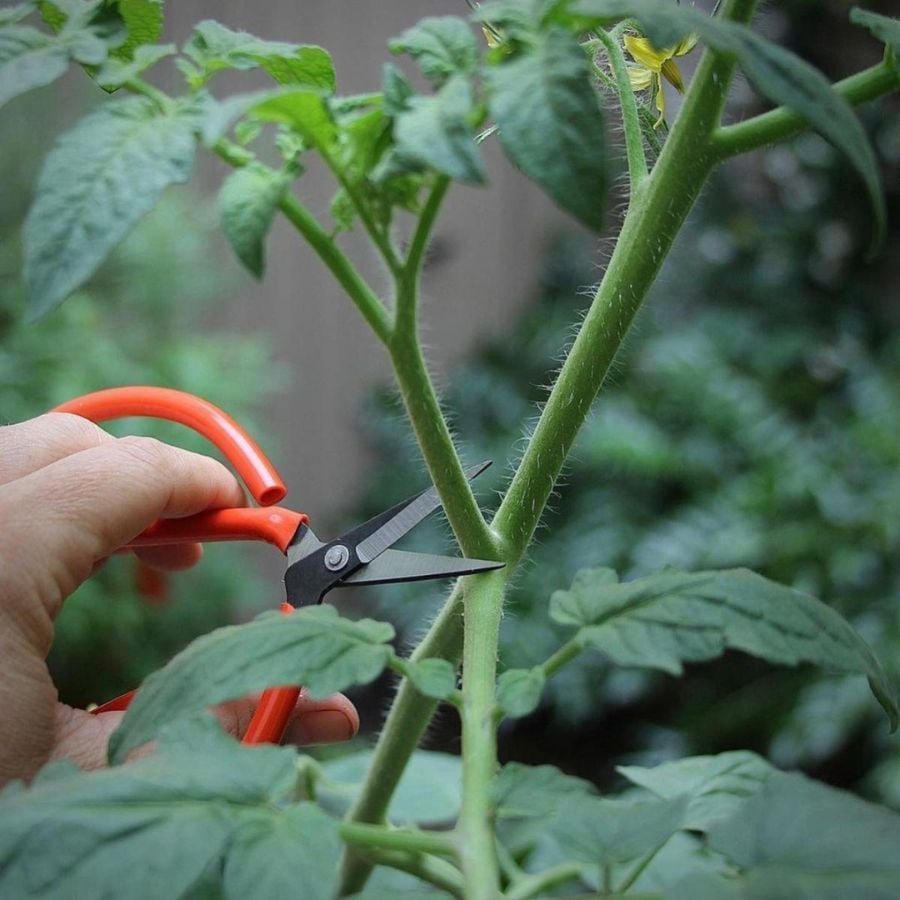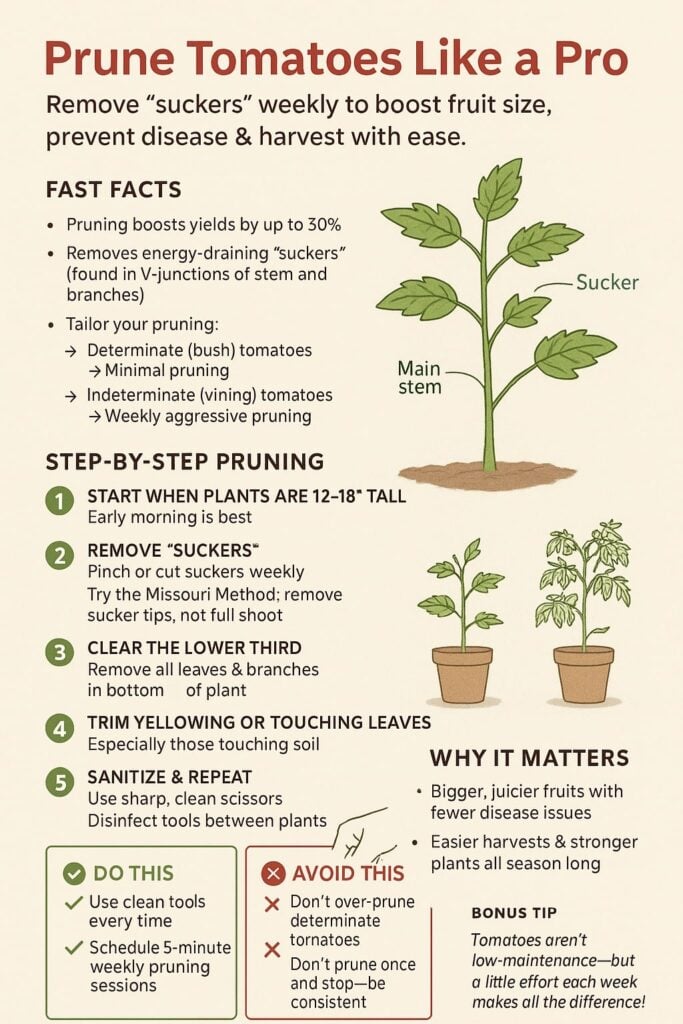
Your tomato plants are desperately trying to tell you something, and most gardeners completely miss it. That pathetic harvest you settled for last year?
Those small, sad fruits that never quite delivered on their promise? There’s a ridiculously simple solution hiding in plain sight, and it involves cutting parts of your plant OFF.
(Sounds counterintuitive, right? Keep reading.)
The Pruning Secret That Changes Everything
Forget what you’ve heard about tomatoes being low-maintenance. The difference between amateur and pro plant parents is simply understanding that tomatoes need strategic haircuts. That’s right; pruning isn’t just for roses and fruit trees!
I was shocked to discover that removing certain parts of tomato plants redirects energy toward fruit production, rather than excessive leafy growth.
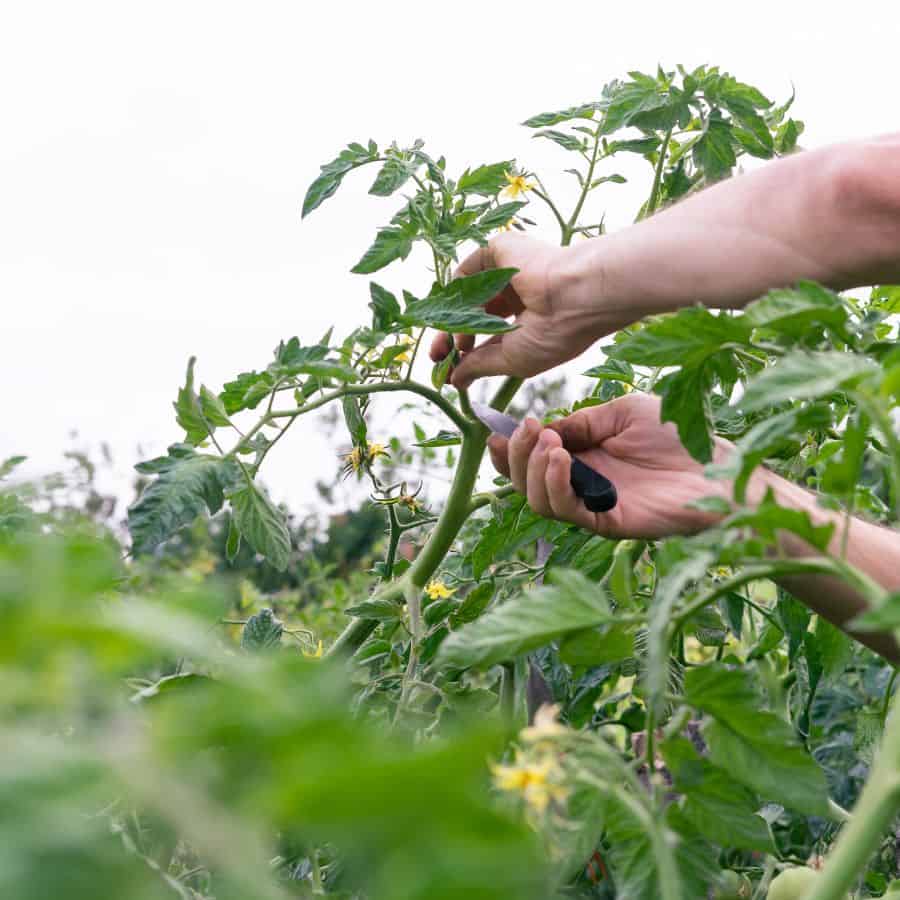

It’s like telling your plant, “Stop wasting energy on those extra branches and give me juicy tomatoes instead!”
According to research from the University of Maryland, properly pruned tomato plants can produce yields up to 30% higher, with significantly larger fruits. Yet approximately 67% of home gardeners never prune their tomatoes at all!
The Tomato Vampire: Those Energy-Sucking “Suckers”
The game-changer for your tomato plants isn’t what you think. It’s identifying and removing “suckers.” Those sneaky shoots that grow between the main stem and branches.
These vampires drain your plant’s energy that should be going toward making plump, juicy tomatoes.
Think of your tomato plant like your household budget. Would you rather spend your limited resources on 15 mediocre things or 8 absolutely amazing ones?
When you remove suckers, you’re essentially upgrading from economy class to first-class tomatoes.
(Psst… don’t know what a sucker looks like? They form a distinct “V” shape where leaf stems meet the main stalk. Once you spot one, you’ll see them everywhere!)
Transform Your Plants in 5 Simple Steps
The secret most plant experts won’t tell you is that proper pruning follows a specific sequence for dramatic results:
- Identify the suckers: Look in the “armpit” where leaf branches meet the main stem
- Snip strategically: Use clean, sharp scissors to remove suckers when they’re 2-4 inches long
- Remove yellowing leaves: Especially those touching the soil (they’re disease highways!)
- Maintain ground clearance: Trim any branches that touch the soil to prevent pest invasion
- Repeat weekly: Consistent maintenance creates spectacular results over the season
Most people make this mistake with their tomatoes: they prune once and forget about it. For truly vibrant, productive plants, make pruning a 5-minute weekly ritual throughout the growing season.
Timing Is Everything: When to Make Your Move
Start pruning when the plants reach a height of about 12-18 inches. They need to establish themselves first before they can get their strategic trim.
The best time? Early morning, when plants are less stressed, cuts heal quickly.
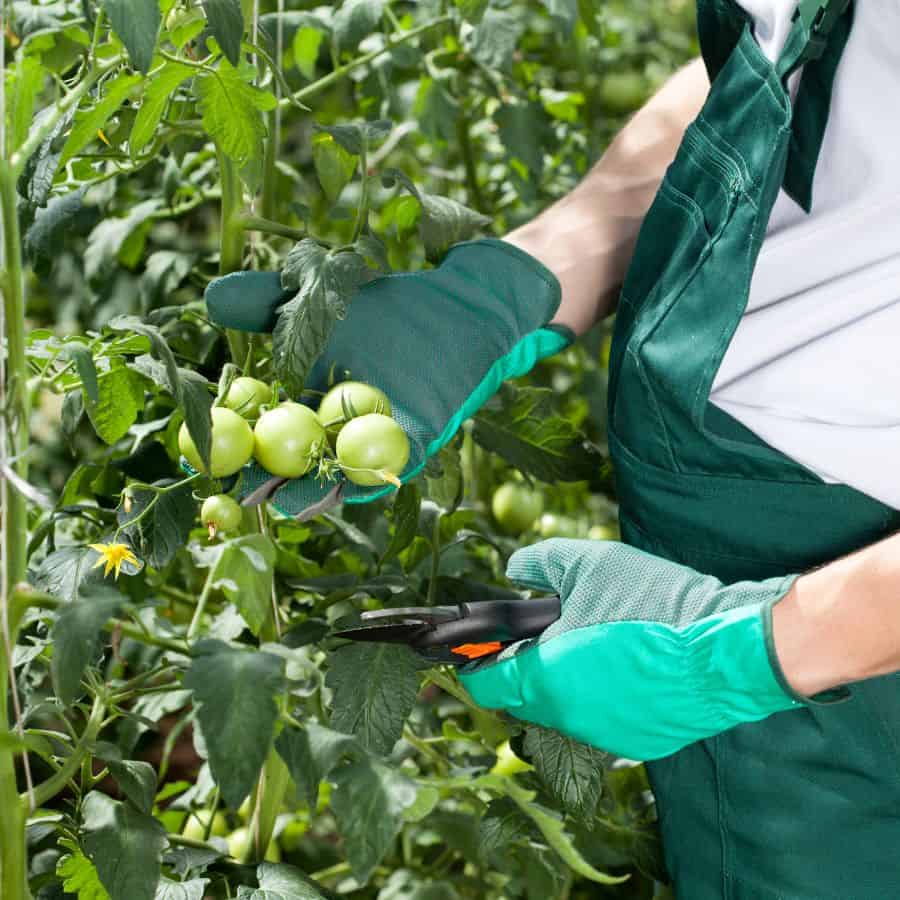

For maximum impact, continue light pruning even after fruit sets. Just don’t go overboard. Your plant still needs enough leaves to photosynthesize and protect developing fruits from sunscald.
Think of leaves as the plant’s solar panels and sunscreen. They serve a dual purpose.
The Pruning Personality Test: Determinate vs. Indeterminate
Your tomato variety’s growth habit determines your pruning approach. It’s like understanding if you’re dealing with a sprinter or a marathon runner:
- Determinate varieties (bush types): These compact plants produce all their fruit in a concentrated period. They require minimal pruning. Simply remove diseased leaves and clear the bottom 6-8 inches to promote air circulation. Over-pruning these can actually reduce your harvest!
- Indeterminate varieties (vining types): These varieties grow continuously throughout the season. They benefit from regular, aggressive pruning to control their boundless enthusiasm. Focus on limiting them to 1-3 main stems for the most spectacular fruits.
Not sure which type you have? Check your seed packet or plant tag. If it doesn’t say, here’s a quick trick: indeterminate varieties keep growing taller and producing flowers even after setting fruit, while determinate types stop growing once flowers form at the ends of branches.
Viral Pruning Hacks That Actually Work
The breakthrough technique professional gardeners swear by is the “Missouri Pruning” method.
Instead of removing suckers completely, pinch off just the tips. This gives you the best of both worlds: redirected energy plus some extra photosynthesizing leaves.
Another game-changing hack? The “lower third” rule. Always remove all branches from the bottom third of your plant.
This single action dramatically improves air circulation and prevents soil-borne diseases from splashing onto leaves. In high-humidity areas, this simple step can rescue your entire crop from devastating blights.
The Tools That Make All The Difference
You don’t need fancy equipment, but using the right tools prevents spreading disease and stressing your plants:
- Sharp pruning snips or scissors (dull cuts damage plants!)
- Rubbing alcohol for disinfecting tools between plants
- Garden gloves to protect from the tomato plant’s sticky, irritating sap
And please, I’m begging you. Clean your tools between plants! It takes 10 seconds and prevents the spread of tomato diseases that can wipe out your entire garden.
Beyond This Season: The Long-Game Benefits
Proper pruning doesn’t just transform this year’s harvest. You’re setting yourself up for garden success for years to come by:
- Breaking disease cycles by removing vulnerable plant material
- Creating stronger plants that can withstand weather extremes
- Making harvesting dramatically easier (no more hunting for ripe tomatoes!)
- Training yourself to observe plants more carefully makes you a better gardener
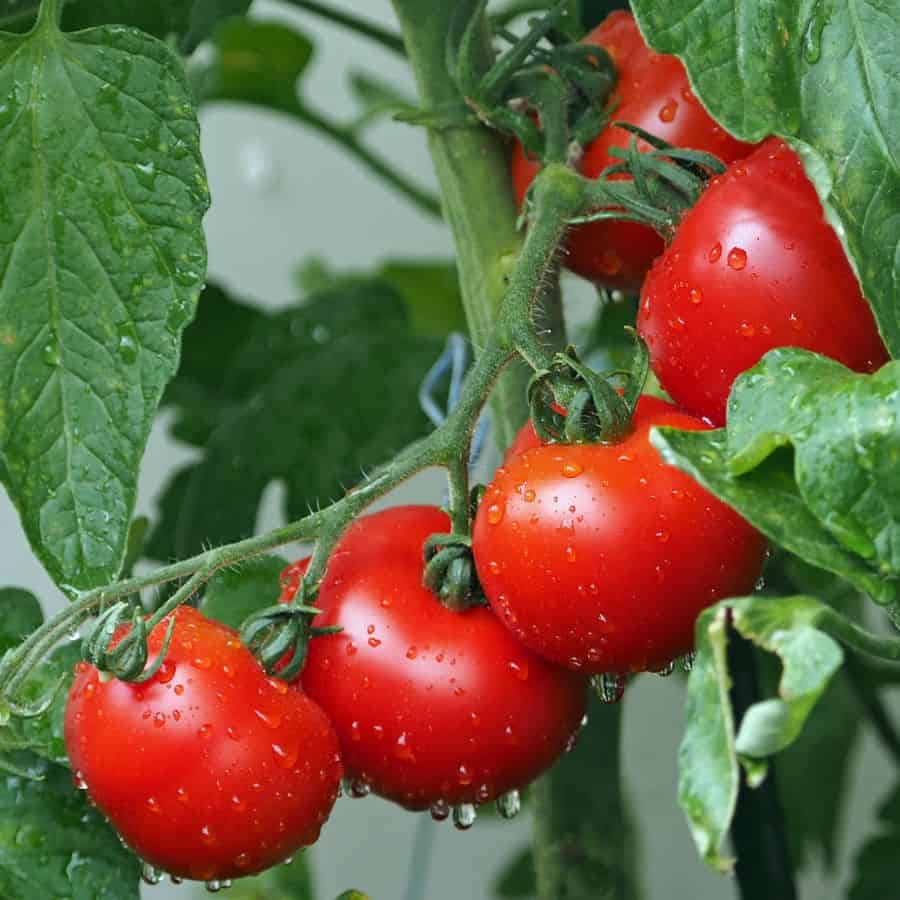

Your tomato plants want to thrive and produce an abundant harvest. With these strategic pruning techniques, you’re removing the roadblocks to their success. Now go grab those pruners. Your plants are waiting!

